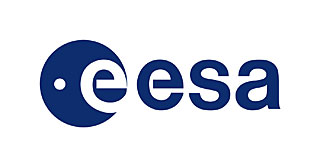ESA's Involvement
|
Unlike previous mission to service Hubble, ESA did not have any astronauts onboard the Shuttle for the Servicing Mission 4. ESA’s involvement, therefore, was in a support capacity at the Space Telescope Operations Control Center (STOCC) at the Goddard Space Flight Center in Maryland, USA. However, ESA did have an important role to play. The two Solar Array Drive Mechanisms (SADM), the Solar Array Drive Electronics (SADE), and the Drive Control Electronics were originally provided by ESA as part of its initial contribution to the development of Hubble. One SADM located on each of Hubble’s two Solar Array Wings guarantee the array points toward the Sun, in order to generate the required power for operation of the spacecraft and its scientific payload. The mechanisms further ensure that the movements involved with generating and transferring power do not disturb the specific pointing accuracy needed for Hubble’s scientific instruments. The pointing of the solar arrays and the performance of the SADE interfacing with the HST power subsystem, requires monitoring throughout the mission. The solar arrays need careful alignment during spacecraft capture and throughout the EVA tasks to ensure the astronauts have unhindered access to the replacement compartments of the spacecraft and to that the in-orbit loads do not exceed the design limits of the ESA hardware. BenefitsThroughout the history of Hubble, European scientists have consistently gained significant observing time, in excess of the 15% contribution. The refurbished Hubble allows European scientists to gain continued access to this unique platform, offering the combination of powerful imaging and tools for conducting astrophysical analysis. |
